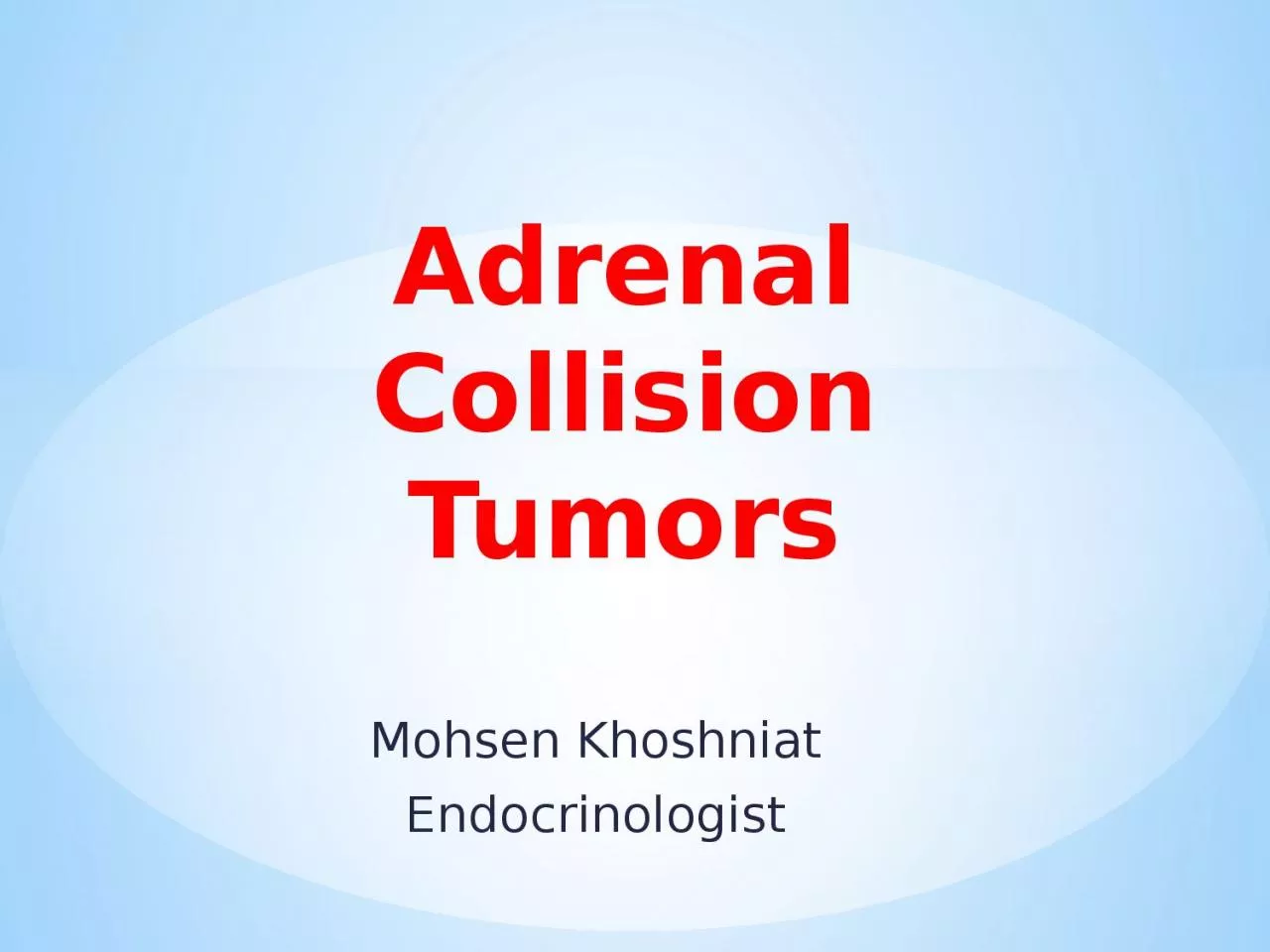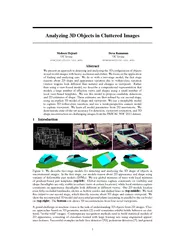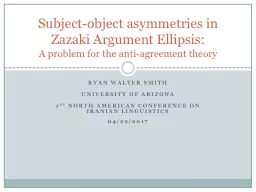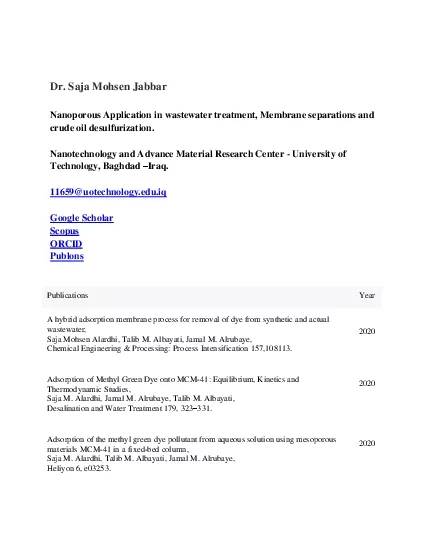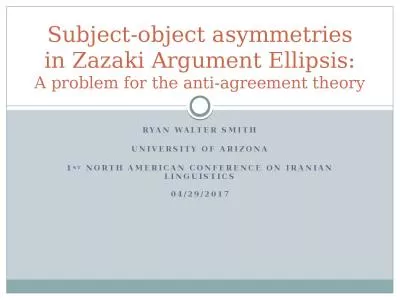PPT-Mohsen Khoshniat Endocrinologist
Author : StarsAndStripes | Published Date : 2022-08-04
Adrenal Collision Tumors Contents Definition components Pathogenesis Diagnosis Mimics conclusion Adrenal collision tumor was first reported in 1919 Their actual
Presentation Embed Code
Download Presentation
Download Presentation The PPT/PDF document "Mohsen Khoshniat Endocrinologist" is the property of its rightful owner. Permission is granted to download and print the materials on this website for personal, non-commercial use only, and to display it on your personal computer provided you do not modify the materials and that you retain all copyright notices contained in the materials. By downloading content from our website, you accept the terms of this agreement.
Mohsen Khoshniat Endocrinologist: Transcript
Download Rules Of Document
"Mohsen Khoshniat Endocrinologist"The content belongs to its owner. You may download and print it for personal use, without modification, and keep all copyright notices. By downloading, you agree to these terms.
Related Documents

